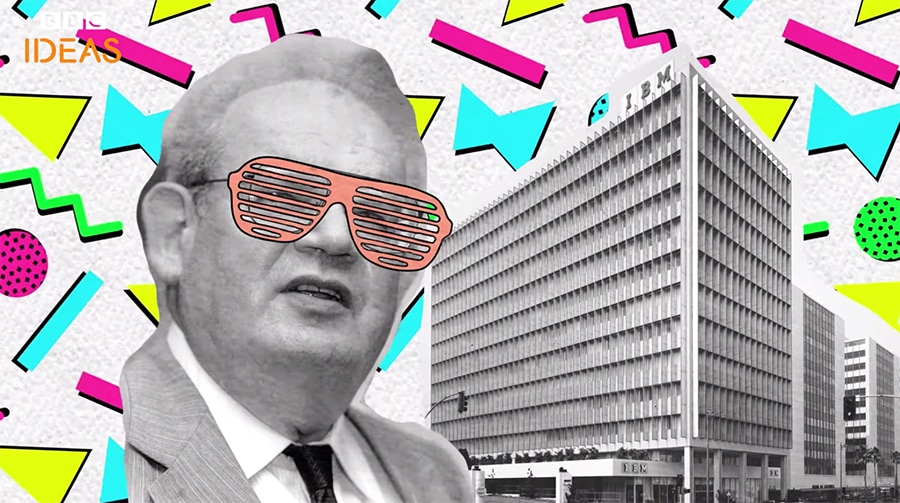Snowflakes, cloud formations, tree branches, branching rivers, mountain ranges, romanesco broccoli, lightning. These classic examples of fractals in nature help demonstrate how similar geometric patterns are exhibited at increasingly small scales. BBC Ideas explores how fractals can help you understand the universe.

The video also introduces Benoit Mandelbrot, who coined the word ‘fractal’ in 1975 and helped bring the concept into popular culture through the era’s available technology. From Wikipedia:
Because of his access to IBM’s computers, Mandelbrot was one of the first to use computer graphics to create and display fractal geometric images, leading to his discovery of the Mandelbrot set in 1980. He showed how visual complexity can be created from simple rules. He said that things typically considered to be “rough”, a “mess” or “chaotic”, like clouds or shorelines, actually had a “degree of order”. His math and geometry-centered research career included contributions to such fields as statistical physics, meteorology, hydrology, geomorphology, anatomy, taxonomy, neurology, linguistics, information technology, computer graphics, economics, geology, medicine, physical cosmology, engineering, chaos theory, econophysics, metallurgy and the social sciences.

And from Adam Kirsch in Tablet Magazine:
What made Benoit Mandelbrot something of a cult figure was the fact that his key discovery, fractal geometry, generates a weird kind of visual beauty. The set of mathematical objects known as the Mandelbrot set is produced using a formula that he describes as “very plain”: “Pick a constant c and let the original z be at the origin of the plane; replace z by z times z; add the constant c; repeat.” A graph of the set produces an image of fantastic complexity and strange magnificence. It exhibits the key property of a fractal, which is that it is self-similar—it repeats its own pattern on every scale.
This kind of pattern, Mandelbrot found, is common in nature and even in art. The illustrations in The Fractalist include an image of the human lung, a photograph of atmospheric turbulence on Jupiter, and Hokusai’s famous painting “The Great Wave”: All display the kind of regular irregularity that Mandelbrot taught the world to call fractal. (He came up with the name, he writes, after consulting his son’s Latin dictionary and finding the word fractus, “broken.”)
Related photos: Fractals in Nature at Cosmos and at Wired Magazine.
Related videos: The mathematical secrets of Pascal’s triangle, Creating The Never-Ending Bloom: John Edmark’s spiral geometries, the Kresling-Pattern and our origami world, and the scientist that grows ‘identical twin’ snowflakes.Bonus: Charles and Ray Eames’ Powers of Ten (1977).
Curated, kid-friendly, independently-published. Support this mission by becoming a sustaining member today.


